Software Defined Storage is revolutionizing how organizations manage data. By decoupling storage software from the hardware, SDS offers flexibility and scalability, helping businesses optimize their IT infrastructure.
SDS solutions deliver unmatched flexibility and scalability by abstracting storage capabilities and managing them via software. This allows organizations to efficiently utilize existing hardware while reducing capital expenditures. SDS also offers extensive automation features for streamlined data management operations, improved data protection, and increased performance efficiency.
What are the critical features of SDS solutions?SDS implementations are transforming industries like finance where data integrity and quick access are crucial. In healthcare, it supports growing data needs while ensuring compliance with regulations. Manufacturing benefits from SDS by managing vast amounts of production data and improving supply chain efficiency.
SDS provides organizations with a modern approach to storage that reduces costs, enhances scalability, and simplifies management. These solutions are essential for organizations looking to stay competitive in a data-driven world.
| Product | Market Share (%) |
|---|---|
| Red Hat Ceph Storage | 18.4% |
| Microsoft Storage Spaces Direct | 7.3% |
| DataCore SANsymphony | 7.2% |
| Other | 67.1% |
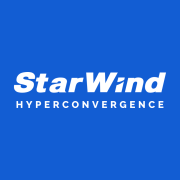





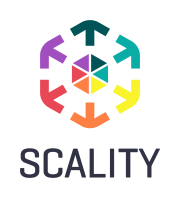







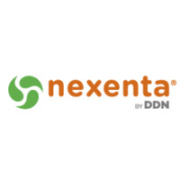













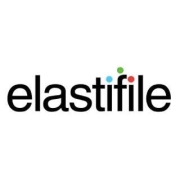
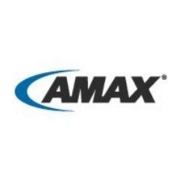



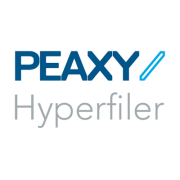



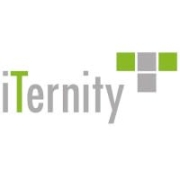







Today’s businesses are growing at a very rapid pace, and SDS provides the much-needed solution to maintaining scalability, cost-effectiveness, and profitability. An effective SDS solution can ensure that administrative tasks are reduced and, by using automated protocols, improve response time needed to adjust to changes in storage requirements. SDS gives greater control to businesses to optimize growth and remain competitive in the marketplace.
Traditional storage solutions can reach storage capacities very quickly and do not allow for the flexibility and agility growing businesses need today to stay sustainable, productive, and profitable. Traditional storage solutions keep businesses locked into a defined infrastructure that can inhibit growth and effectiveness. By using storage virtualization protocols, SDS gives businesses the ability to respond quickly to storage capacity needs, helping them to stay competitive, productive, and profitable. SDS is where business enterprise is going and growing toward now and in the foreseeable future.
Although SDS can still be very much a do-it-yourself solution, there are many competitive vendor storage options available to meet the needs of every unique business enterprise in the marketplace today. These vendor storage solutions can meet businesses’ specific needs for agility, flexibility, cost-effectiveness, and user-friendliness, making an SDS vendor solution an even better choice. These vendor storage solutions have all the hard work already done and have simplified the overall process, making an SDS solution even more efficient, effective, and productive.
SDS provides a flexible architecture that allows you to scale storage resources easily without hardware constraints. By abstracting the control layer from physical storage, you can add new storage devices effortlessly. This helps in meeting growing data demands. You gain the advantage of scaling horizontally, integrating various storage types, and maintaining manageable workloads across your data center.
What are the cost benefits of implementing SDS solutions?SDS reduces overall storage costs by decoupling software management from hardware. This allows you to utilize commodity hardware, avoiding expensive proprietary solutions. Cost savings are also achieved through automation, reducing labor costs. SDS enables efficient resource utilization and offers pay-as-you-grow models, which helps in minimizing upfront expenditure and aligns with budgetary constraints.
How does SDS enhance data security?SDS offers advanced security features like encryption, access control, and authentication. Being software-defined, it can integrate with existing security protocols and adapt to emerging threats. It allows you to apply consistent security policies across diverse storage environments, ensuring data protection and compliance with regulations. SDS also simplifies the process of deploying security patches and updates.
What role does SDS play in disaster recovery?SDS simplifies disaster recovery by providing robust redundancy, replication, and backup features. Its software-driven architecture enables you to replicate data across different locations and ensures quick recovery in case of failures. You can implement policy-driven automation for backups, which reduces downtime and ensures data consistency. SDS supports seamless integration with cloud-based disaster recovery solutions, enhancing resilience.
Can SDS integrate with existing IT infrastructure?SDS is designed to integrate seamlessly with your existing infrastructure. It supports multiple storage vendors and protocols, allowing you to manage diverse environments within a unified platform. This versatility enables you to leverage current investments without extensive overhauls. SDS can be deployed incrementally, coexisting with legacy systems and enabling gradual migration toward more efficient storage paradigms.